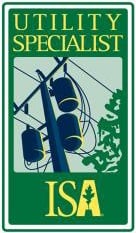Think back to the time you spent in your yard this summer. Was it hard to find a good shady spot? Did leaving the shelter of your porch or patio umbrella mean near constant exposure to the scorching sun? Sounds like you could use a few shade trees on your property.
Shade trees can make your Charlotte, NC yard a lot more comfortable when summer rolls around. They can also keep your home cooler, which will help you save energy and money.
It's tempting to buy a "fast-growing" tree so you can take advantage of those benefits as quickly as possible, but we wouldn't recommend it. Sometimes the qualities that make a tree grow quickly can also make it weak. For example, silver maples can grow 3-7 feet per year, but their weak branches tend to snap under high winds. Leyland cypress trees have the same problem.
Typically, a growth rate of less than 2 to 2 1/2 feet per year is what you should be looking for if you want a tree that will shoot up at a healthy, sustainable pace.
Trees that throw the right kind of shade
Since fall is one of the best times of year to plant a tree, consider adding one of these shade trees to your Charlotte, NC yard in the next few weeks:
-
River birch tree
River birch trees can reach heights of 40-70 feet, with a spread of 40-60 feet. They do well near riverbanks (hence their name), but with adequate watering, they can thrive in urban environments, too. They're tolerant to heat, moist conditions, and wind, as well as birch borer, an insect that feeds on and can eventually kill birch trees.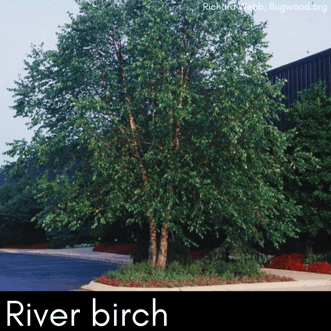
Along with the shade this tree will provide, you'll also love the way its yellow leaves add color to your landscape in the fall. -
Tulip poplar tree
Of the eastern hardwoods, tulip trees are the tallest. They can grow to be 60-90 feet tall (or even taller), with a spread of 30-50 feet.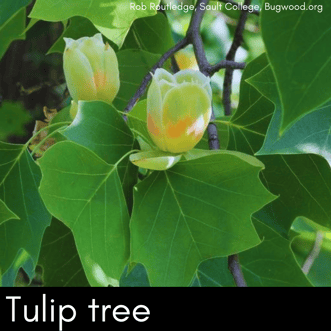
This tree's oval-shaped crown includes cup-shaped flowers that could be orange, yellow, or green. In the fall, its leaves turn a golden yellow. Tulip trees attract pollinators, deer, and squirrels, and they don't experience many pest problems. -
American hornbeam tree
American hornbeams are tough and low maintenance, plus they can grow almost anywhere. They're shorter than most shade trees — they only grow about 30 feet tall and 20-35 feet wide.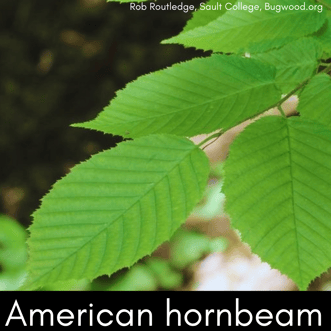
Their rounded shape and yellow or red fall leaf color is sure to bring beauty to your yard, in addition to the extra shade. -
Japanese zelkova tree
Japanese zelkovas can soar 80 feet high into the sky and spread just as wide. These trees have beautiful upward-growing branches that create a vase-shaped crown. They're resistant to Dutch elm disease and tolerant of heat, drought, and wind.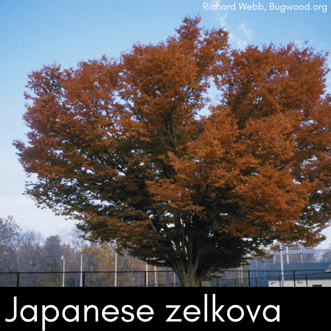
You'll love sitting under the shade of your Japanese zelkovas in the summer and watching the leaves turn yellow-orange to reddish brown in the fall. -
Red maple tree
Red maples can grow to towering heights: 120 feet in some cases. But most of the time, they'll grow 40-70 feet tall, with a 30- to 50-foot spread. Their rounded crowns make them great shade trees. They'll also be the first of your trees to change colors in the fall and flower in the spring.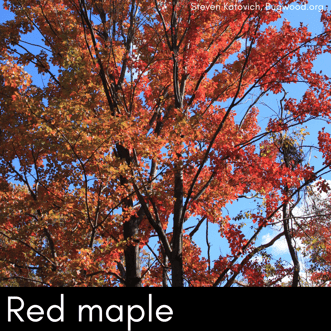
Now that you've planned for shade, look into adding a few of these trees to bring more pollinators to your yard!



